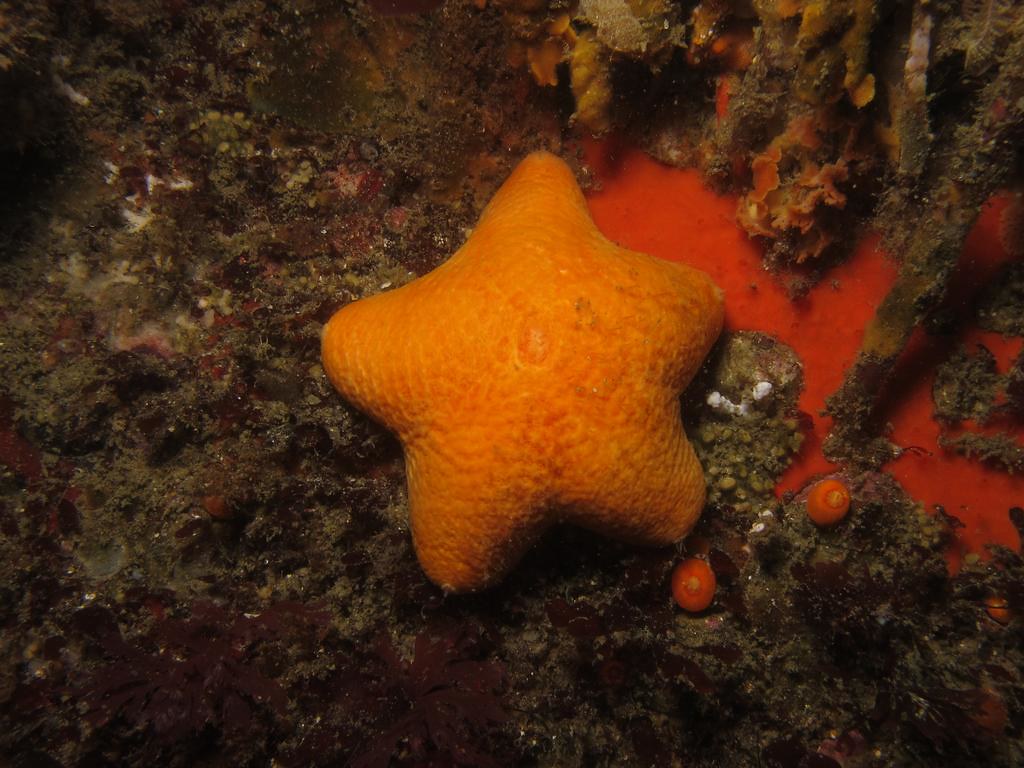Their study actually surveys THREE species of brooding brittle stars!
What does this mean? In MOST echinoderms, following fertilization juveniles pretty much settle out on their own and are left to grow/rear out on their own. But in some unusual instances there is actually parental care!
So, yes, some adult echinoderms rear juveniles! Yes! Baby echinoderms! I've detailed this behavior in starfish in some detail here. and of course, who can forget the life and death struggle of tiny asterinid starfish hermaphrodites who attack and eat one another in the "womb" of the mother?? (here)
Jannes' study focuses primarily on three brooding species in the South African area, including Amphiura capensis, Amphipholis squamata (both in the Amphiuridae) and one called Ophioderma wahlbergii
Jannes' work was actually surveyed here in GigaScience's own blog Jannes and co authors use three dimensional visualization tools, including x-ray micro tomography scans to unobtrusively visualize brooding juveniles without destructively sampling the original specimen. Neato!
This gives you an idea of what Amphiura capensis looks like..
 |
| Image borrowed from Eastern Cape SCUBA diving! Go check em' out! |
which you can see more of here on this video
Here we have some just SPECTACULAR imagery of brooding in Ophioderma wahlbergii!
As it turns out, this will probably be a useful tool for non-destructively studying other brooding brittle stars and other echinoderms!
One South African brooding starfish (different from brittle stars) species which we know almost NOTHING about?? The South African "slime star" Pteraster capensis!
and there are a MANY species of brooding brittle stars to choose from...
I've recently documented this weird multi-armed Antarctic brittle star, Astrochlamys sol.. which as it turns out BROODS! (from the Icy Inverts Antarctic cruise 2013 by Auburn University)
and this aptly named brooding species...Ophiacantha vivipara (from Rafael Martin-Ledo's neat but shortly lived Antarctic blog!)
Congrats to Jannes & my colleagues at Cape Town University for their new paper and looking forward to hearing more about their interesting future research!






1 comment:
How do those brittle stars exit their parent? They're quite large and I can't see any clear exit hole.
Post a Comment